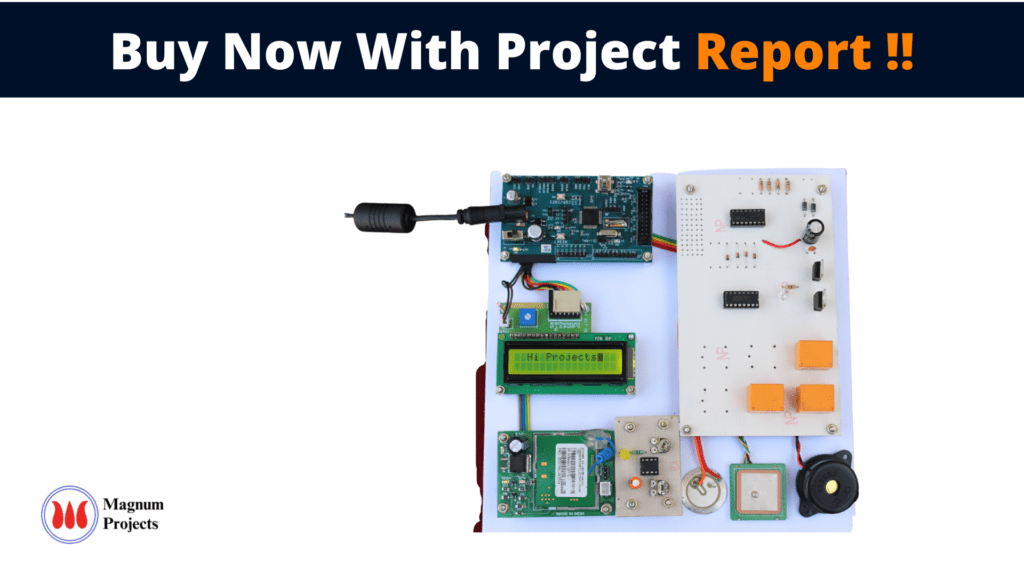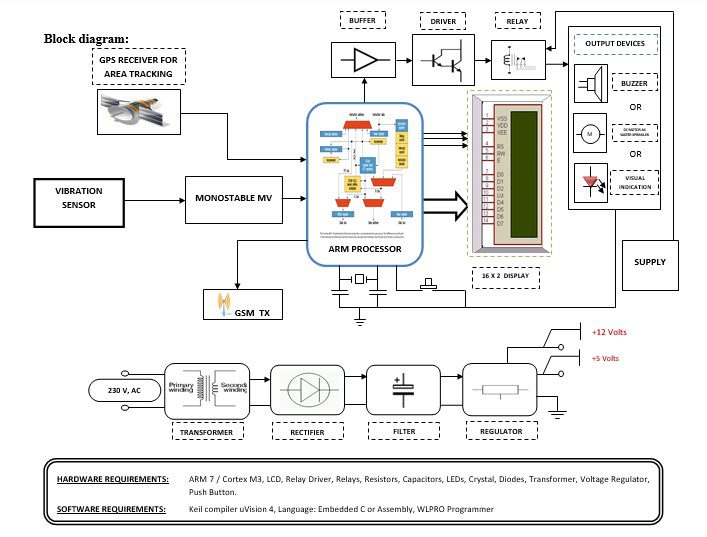Table of Contents
Introduction:


An earthquake is a sudden vibration or trembling in the Earth. Earthquake motion is caused by the quick release of stored potential energy into the kinetic energy of motion. Most earthquakes are produced along faults, tectonic plate boundary zones, or along the mid-oceanic ridges. At these areas, large masses of rock that are moving past each other can become locked due to friction. Friction is overcome when the accumulating stress has enough force to cause a sudden slippage of the rock masses. The magnitude of the shock wave released into the surrounding rocks is controlled by the quantity of stress built up because of friction, the distance the rock moved when the slippage occurred, and the ability of the rock to transmit the energy contained in the seismic waves. Sometime after the main shock wave, aftershocks can occur because of the continued release of frictional stress. Most aftershocks are smaller than the main earthquake, but they can still cause considerable damage to already weaken natural and human-constructed features. At the Earth’s surface, earthquakes manifest themselves by shaking and sometimes displacing the ground. When a large earthquake epicenter is located offshore, the seabed sometimes suffers sufficient displacement to cause a tsunami. The shaking in earthquakes can also trigger landslides and occasionally volcanic activity. In its most generic sense, the word earthquake is used to describe any seismic event whether a natural phenomenon or an event caused by humans — that generates seismic waves. Earthquakes are caused mostly by the rupture of geological faults, but also by volcanic activity, landslides, mine blasts, and nuclear experiments. An earthquake’s point of initial rupture is called its focus or hypocenter. The term epicenter refers to the point at ground level directly above the hypocenter.


Block diagram explanation:
Power supply unit:
This section needs two voltages viz., +12 V & +5 V, as working voltages. Hence specially designed power supply is constructed to get regulated power supplies.
ARM LPC 2148:
ARM7TDMI processor in our model due to its advanced features described below. 32-bit ARM processor is the contemporary general-purpose microprocessor on the embedded market used in industrial-level applications. ARM7 consists of several peripherals interfaced with it. We use a keypad matrix, LCD, UARTS, GPIO, and I2C protocol. ARM7 processor is a link between GPS and GSM modules for communication.
Monostable Multivibrator:
A multivibrator is an electronic circuit used to implement a variety of simple two-state systems such as oscillators, timers, and flip-flops.Monostable, in which one of the states is stable, but the other state is unstable (transient). A trigger pulse causes the circuit to enter an unstable state. After entering the unstable state, the circuit will return to the stable state after a set time. Such a circuit is useful for creating a timing period of fixed duration in response to some external event. This circuit is also known as a one-shot.
GSM:
GSM Shield (SIM 900a): The SIM900 which is a complete Quad-band GSM/GPRS solution comes in a SMT module that can be embedded in customer applications. Featuring an industry-standard interface, the SIM900 delivers GSM/GPRS 850/900/1800/1900MHz performance for Data, voice, SMS, and Fax in a small form factor and with low power consumption. SIM900 can fit almost all the space requirements in the M2M application with dimensions of 24mm x 24mm x 3 mm. SIM900 is designed with a very powerful single-chip processor integrating AMR926EJ-S core. Quad-band GSM/GPRS module with a size of 24mmx24mmx3mm, SMT type suit for customer application, An embedded Powerful TCP/IP protocol stack Based upon the mature and field-proven platform, backed up by our support service, from definition to design and production.
NOTE: Modem may change.
Buffers
Buffers do not affect the logical state of a digital signal (i.e. a logic 1 input results in a logic 1 output whereas logic 0 input results in a logic 0 output). Buffers are normally used to provide extra current drive at the output but can also be used to regularize the logic present at an interface.
Drivers
This section is used to drive the relay where the output is the complement of input which is applied to the drive but the current will be amplified.
Relays
It is an electromagnetic device that is used to drive the load connected across the relay and the o/p of the relay can be connected to the controller or load for further processing.
Vibration detector:
Based on piezoelectric technology various physical quantities can be measured; the most common are pressure and acceleration. For pressure sensors, a thin membrane and a massive base is used, ensuring that an applied pressure specifically loads the elements in one direction. For accelerometers, a seismic mass is attached to the crystal elements. When the accelerometer experiences a motion, the invariant seismic mass loads the elements according to Newton’s second law of motion . On account of its inertia, a mass exerts compressive forces on a ring-shaped piezo-ceramic element in time with the oscillation which generates the excitation. Within the ceramic element, these forces result in charge transfer to the ceramic, and a voltage is generated between the top and bottom of the ceramic element. This voltage is picked off using contact discs – in many cases, it is filtered and integrated – and made available as a measuring signal. To route the vibration directly into the sensor, vibration sensors are securely bolted to the objection in which measurements take place.
Methodology:
A general block diagram of the proposed scheme is given in Figure. In the Module there is Vibration Detector, when the is detected it gives the signal to the ARM controller, then the controller
Sends an interrupt to Gps to get the current location. Then the location is sent to an authorized person via a Gsm modem whose number is stored in the ARM controller.
Advantages:
- Our system has the potential to add vital seconds to earthquake warnings, giving Extra time for action to be taken.
- Early warning systems can play an important role in reducing the negative impact of these catastrophic events on densely populated areas and in mitigating the damage to strategic structures and lifelines.
- Provides information to support decision-making for the rapid response of emergency management services.
- It can activate the control system to protect crucial structures.
- It requires less power supply.
- Portable circuit easy to handle.
Disadvantages:
1. Under the mine the personal safety of staff problem.
2. Personnel positioning problem.
Applications:
- This project can be implemented in gas Industries.
- It is used in the mining of coal & other materials.
- It is used in municipal gas distribution.
- This project can be used in Military applications.
- It is used in nuclear power stations.




